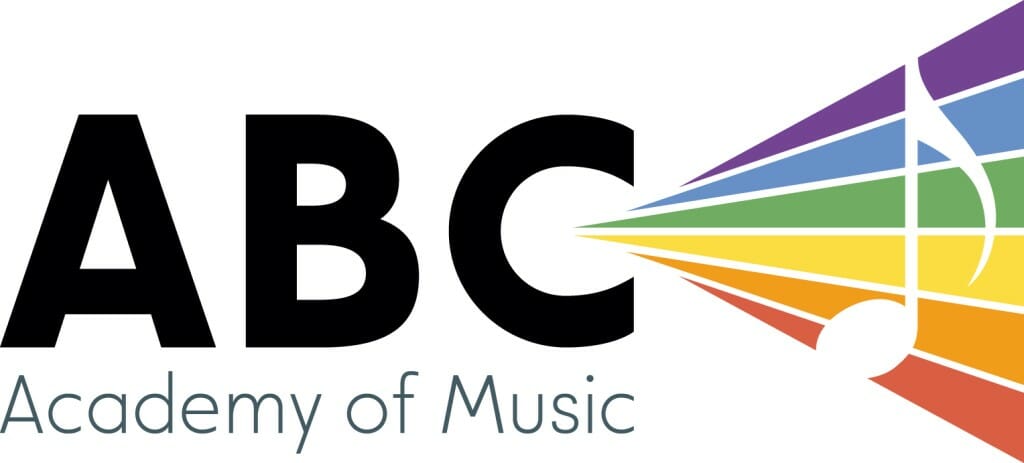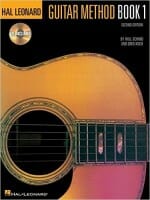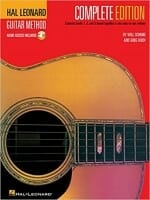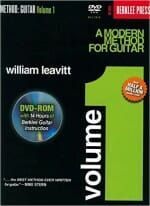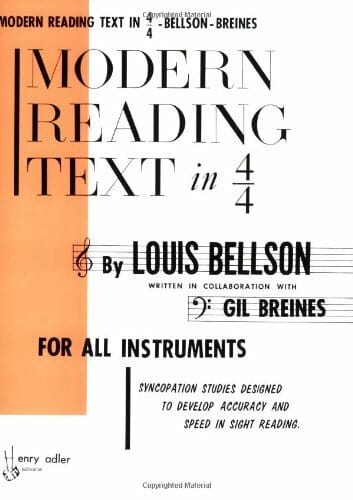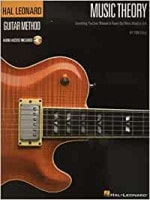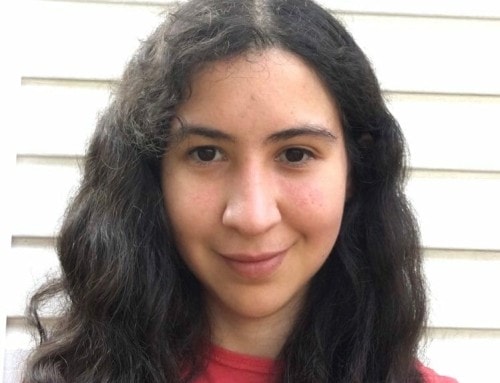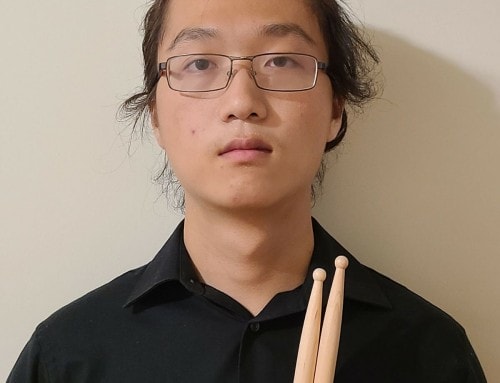BFA (York)
Daniel is a multi-instrumentalist, composer, and performer from Toronto with a passion for exploring music of all genres and origins.
Daniel received his Honours Bachelor Degree in Music at York University where he originally attended for jazz, but soon branched out into Film Composition and world music such as Klezmer, Balkan folk, Baglama, Eastern European Folk, Flamenco, and Celtic. Since graduating he has primarily focused on crafting and performing on soundtracks for various feature and short films, plays, and television pilots, including Netflix releases and one theatrical release under the mentorship of the prominent Canadian Composer, Lesley Barber.
On the performance front he has also performed and written several EP’s alongside other Toronto artists in the genres of rock, funk, metal, alternative, folk, experimental, and flamenco, and continuously explores new and interesting avenues of guitar related genres.
Music for him is a life long pursuit, and he approaches it as a life long student. Through the one know many.
Get to know Daniel…Beyond the Bio!
Hobbies: Camping, hiking, travelling, board games, reading, cooking and exercise!
Musical Influences: Jóhann Jóhannsson, Bonobo, Radiohead, Thomas Newman, Joe Hisaishi, Plini, Periphery, Paco de Lucia, Pink Floyd, Bob Dylan, The Beatles, Neil Young, Devendra Banhart, Philip Glass, Steve Reich, Igor Stravinsky, etc…
Favourite Food: Shawarma, anyday.
Least Favourite Food: the over/poorly cooked variety.
Favourite music: Rock, Psychedelic, Metal, Folk, Ambient, Electronic, Original Soundtracks, Folk.
Favourite Song: At the moment it would be The Girl From North Country by Bob Dylan.
Favourite Movie: Jojo Rabbit
Favourite Book: a tie between – Joseph Campbell, The Power of Myth; Khalil Gibran, The Prophet.
Favourite Quote: “We have created a Star Wars civilization, with Stone Age emotions, medieval institutions, and godlike technology.” – E. O. Wilson
Latest Homework from Daniel
Is Daniel Your Teacher?
Sign up now to get your weekly assignments delivered, and never lose your homework sheet again!
March 4th!
Eliana
How long to practice: 10-15 minutes daily
What to practice: Arpeggios, G Major Modes, Rise Against – Savior
Keys to effective practice: We’re now trekking into territory of really mapping out the fretboard of the guitar, and I want to make sure you understand the different scales and positions on the instrument as music, not simply shapes; after all our end goal in learning all of this is to understand and create music. Focus on getting the various modes under your fingers to the point where they are memorized in the key of G. Things to be cognizant of while doing so include: looking for patterns, repetitions, being aware of how each mode sounds, which positions suit your personally. One good way of looking at this, for instance, is to take one of the modes, let’s say G Ionian, and try playing it starting with the same finger, but on a different string (A, D, G, you may be only able to go up 1 octave off these strings). Doing so will help you familiarize other positions and show you how they all cycle through one another as well as help you see how each is connected. By the way! I will be adding an amendment to the Mode sheet we looked at to include more variations in fingerings so you can tailor it more to your own hands (so hang tight on that!).
Solid work as always Eliana, you’re consistently consistent in your practice and making solid progress!
Aarnav
How long to practice: 5-10 minutes daily
What to practice: All the E-string exercises/songs from the Hal Leonard book.
Keys to effective practice: At first, when you initially crack open the book, it will be good to first say the note names to each exercise before attempting to play it. Take your time. When you do begin to perform remember to be counting a steady pulse of 1-2-3-4 while playing along, holding whole notes for the full 1-2-3-4, half notes for 1-2, quarter notes for a single digit each. Other than that be sure that your fingering the correct frets for each note (open for E, 1st fret for F, 3rd fret for G). As lessons continue we will be continuously adding more notes and strings, little by little, and if we build this strong foundation and work with it from the outset each lesson and your ability will compound over time for great results.
Good work Aarnav, you rose to the challenge of reading music and knocked it out of the park!
Aarna
How long to practice 5-10 minutes daily
What to practice: All the E-string exercises/songs from the Hal Leonard book.
Keys to effective practice: At first it will be good to a quick review/overview before jumping right back into playing where we ended our last lesson. So, begin with reviewing the note names and the frets that go with each one (open string for E, 1st fret for F, 3rd fret for G). Similarly, before playing each line call out the names of each note. It may sound silly, but audibly saying it out loud is often more effective than saying it silently in your head, and I recommend doing so. After that go forth and play, remembering to count out loud a steady pulse of 1-2-3-4 while playing and holding each note for it’s appropriate length. As we continue the songs will increase in difficulty with more notes, more strings, etc… but if you keep this kind practice of counting and reviewing going from the outset your ability to tackle harder songs will be much easier, and as a consequence your growth and understanding will soar!
Great work Aarna, I’m very excited for how you tackled this new way of looking at guitar music!
Simon (chord shapes update)
How long to practice: 10-15 minutes daily
What to practice: G major and all its modes, Ain’t Misbehavin’ rhythm, arpeggios.
Keys to effective practice: For the rhythm of Ain’t Misbehavin’ it will be useful for you to refer to the chord chart we used during our lesson, and explore playing through Ain’t Misbehavin’ using different chord voicings (therefore playing in different positions) to develop your understanding of both the chord shapes and how they relate to one another. An example of this would be on one playthrough beginning with the roots of your initial chord on the E string, and on the next playthrough with the root of your first chord on the A string, both will logically necessitate different voicings to follow. As for the the G major modes, take them slow and look for the patterns and repetitions in each one, while also being cognizant of the fingerings that work for you. One good way of really drilling in how these modes feel/sound is to try playing them not only in the positions on the sheet, but by also playing them with their roots on different strings (A, D, G – you may only be able to go up 1 octave in some of these positions). Doing so will show you how these patterns re-emerge across the neck and help solidify your fretboard mapping knowledge.
Good stuff Simon, your understanding of chords is coming along well and I’m excited to see how you tackle these modes!
Preferred Books for Daniel’s Students
Click to buy them here, and they’ll come right to your house! What could be easier?
Hal Leonard Guitar Method
The second edition of this world-famous method by Will Schmid and Greg Koch is preferred by teachers because it makes them more effective while making their job easier. Students enjoy its easy-to-follow format that gives them a solid music education while letting them play songs right away. Book 1 provides beginning instruction including tuning, 1st position melody playing, C, G, G7, D7, and Em chords, rhythms through eighth notes, solos and ensembles and strumming.
Hal Leonard Guitar Method COMPLETE
The Hal Leonard Guitar Method is designed for anyone just learning to play acoustic or electric guitar. It is based on years of teaching guitar students of all ages, and reflects some of the best teaching ideas from around the world. This super-convenient Complete Edition features the new and improved method books 1, 2 and 3 spiral-bound together.
Modern Method for Guitar
Modern Reading Text in 4/4
This book has become a classic in all musicians’ libraries for rhythmic analysis and study. Designed to teach syncopation within 4/4 time, the exercises also develop speed and accuracy in sight-reading with uncommon rhythmic figures. A must for all musicians, especially percussionists interested in syncopation.
Hal Leonard Music Theory for Guitarists
Guitarists of all levels will find a wealth of practical music knowledge in this special book with online audio access. Veteran guitarist and author Tom Kolb dispels the mysteries of music theory using plain and simple terms and diagrams. The accompanying recordings provide 94 tracks of music examples, scales, modes, chords, ear training, and much more! To access audio visit: www.halleonard.com/mylibrary
